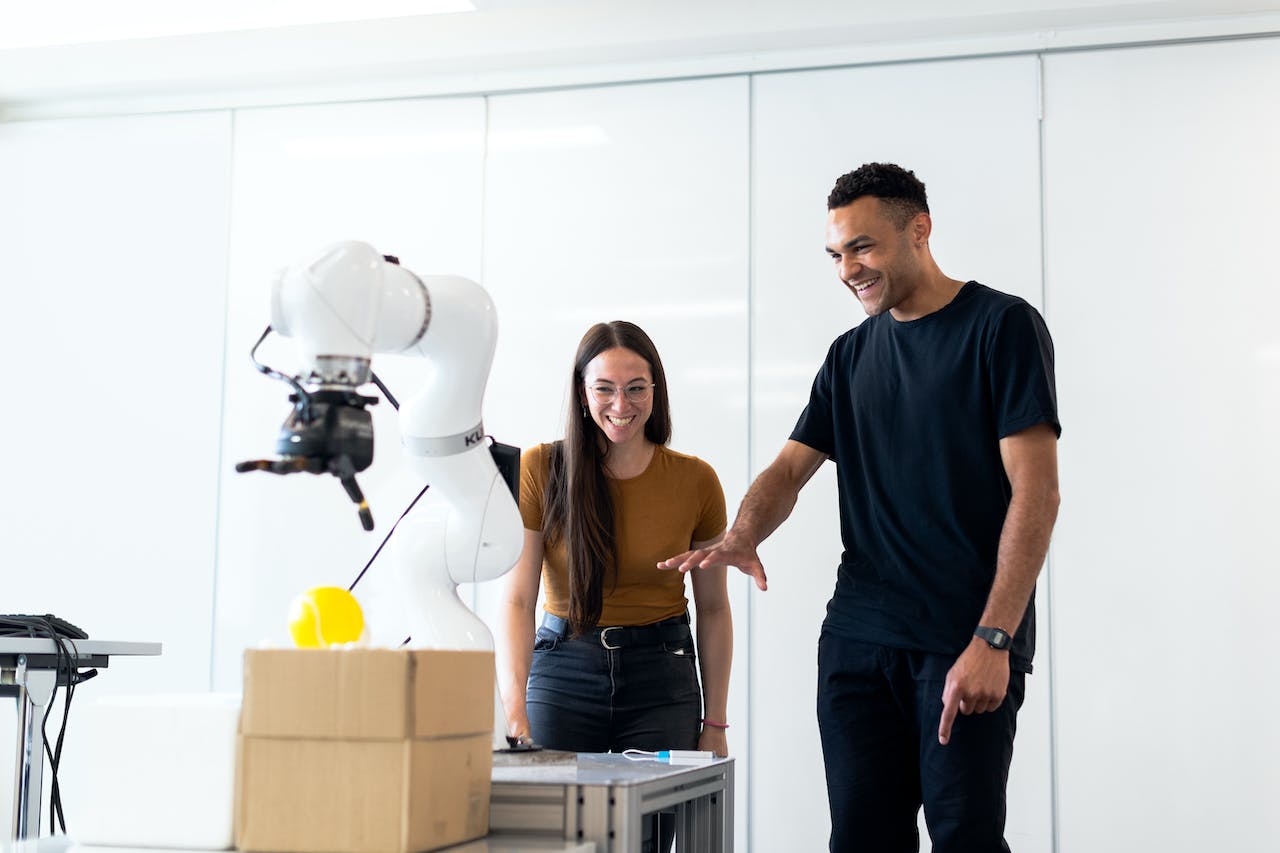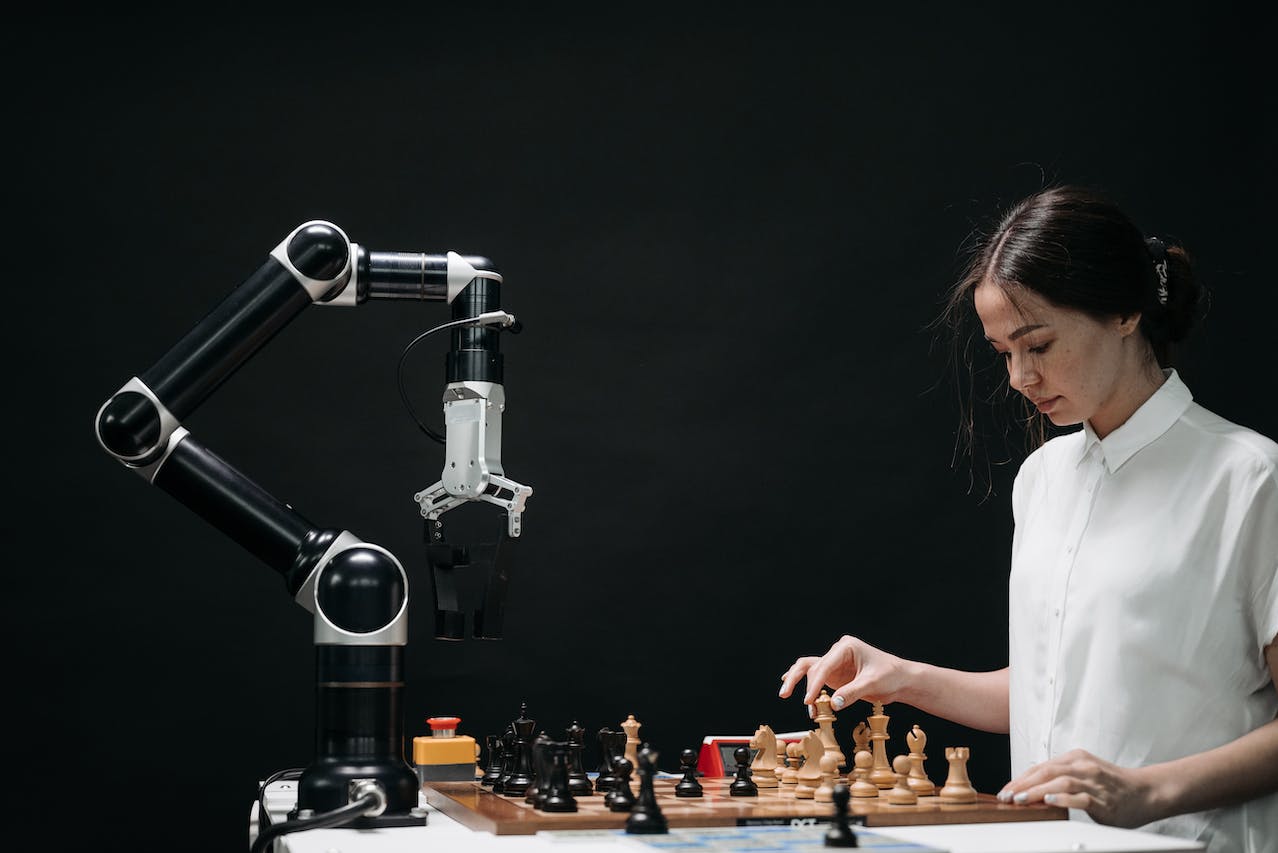What is Prototyping and Why is it Important for Product Development
-
Charles Adom
- 10 min read

 In the dynamic realm of product development, prototyping emerges as a pivotal process that bridges creative ideas with tangible realities. This article delves into the significance of prototyping, exploring its various types and the manifold benefits it offers to designers and developers.
In the dynamic realm of product development, prototyping emerges as a pivotal process that bridges creative ideas with tangible realities. This article delves into the significance of prototyping, exploring its various types and the manifold benefits it offers to designers and developers.
What is Prototyping
Prototyping serves as a working model or sample of a product designed for testing and validating its design and functionality. This preliminary phase acts as a crucial bridge between ideation and production.
Importance of Prototyping
Reducing the Risk of Disappointment
- Prototyping serves as a safety net, significantly reducing the risk of disappointment by allowing designers to uncover potential issues before they become ingrained in the final product.
- It acts as a preemptive strike against creating a product that falls short of user expectations, ensuring that the end result resonates with the intended audience.
Providing Tangibility to Abstract Ideas
- Prototyping transforms abstract ideas into tangible entities, bridging the gap between imagination and reality. It provides a physical or digital representation that designers and developers can touch, feel, and interact with.
- This tangible form allows stakeholders to grasp the essence of the product, fostering a deeper understanding of its potential and limitations.
Assessing Functionality Early On
- By creating prototypes, designers can assess the functionality of the product in a practical context. This early evaluation enables them to identify and rectify potential flaws before investing substantial resources in the production phase.
- It acts as a proactive measure, ensuring that the product not only works as intended but also meets the functional requirements set forth during the conceptual phase.
User Experience Evaluation
- Prototyping serves as a dynamic platform for evaluating the user experience. Designers can observe how users interact with the prototype, gaining valuable insights into usability and identifying areas for improvement.
- This user-centric approach allows for adjustments to be made iteratively, refining the user experience to align seamlessly with user needs and preferences.
Resource Commitment Prudence
- Before committing significant resources to full-scale production, prototyping offers a cost-effective means of validating ideas. It acts as a checkpoint, allowing teams to iterate and refine the product without incurring the hefty costs associated with large-scale manufacturing.
- This prudence in resource commitment is a strategic advantage, preventing unnecessary expenditure on products that may require extensive redesign or fail to resonate with the target audience.
Types of Prototypes
Low-fidelity Prototypes: Building Foundations with Simplicity
Low-fidelity prototypes are the pioneers of the prototyping world. Crafted from everyday materials like paper or cardboard, these prototypes offer a quick and cost-effective way to give form to initial concepts.
Their simplicity makes them ideal for validating fundamental ideas, providing a tangible representation that sets the groundwork for more advanced development stages.
Picture a designer sketching out a basic product structure on a cardboard cutout – that’s the essence of low-fidelity prototyping.
High-fidelity Prototypes
Step into the digital realm with high-fidelity prototypes, where complexity and detail take center stage. Leveraging digital tools, these prototypes go beyond the simplicity of low-fidelity counterparts.
They incorporate features like animation and interactivity, offering a realistic simulation of the final product. High-fidelity prototypes are invaluable for scrutinizing intricate design elements and testing user interactions with a level of precision that mirrors the end product.
Functional Prototypes
Functional prototypes step into the realm of realism by simulating the actual functionality of the envisioned product. These working models provide a hands-on experience for assessing how the product performs and how users interact with it.
Imagine a prototype of a new smartphone that not only looks like the final product but also operates, allowing testers to explore its features and usability. Functional prototypes offer critical insights into the practical aspects of the design.
Visual Prototypes: Crafting Aesthetics with Precision
Visual prototypes are the artisans of the design world, focusing exclusively on the aesthetics of the product. Whether through detailed renderings or digital mockups, they zero in on the visual elements, ensuring that the product is not only functional but also visually appealing.
Visual prototypes are the go-to tool for refining the look and feel of a product before it goes into full-scale production. Think of them as the blueprint for the product’s visual identity.
Advantages of Prototyping
Improved User Experience: A User-Centric Approach
Prototyping serves as a dynamic testing ground where designers can fine-tune the user experience. By allowing users to interact with tangible models, designers can gather feedback that refines the product’s usability, ensuring the final offering seamlessly aligns with user needs and expectations.
Risk Reduction
Prototyping acts as a strategic compass, steering the product development journey away from potential pitfalls. Through early evaluations of functionality and design, prototyping identifies and addresses issues, mitigating the risk of creating products that either miss the mark with users or prove financially impractical to produce.
Accelerated Development
Rapid iteration, a hallmark of the prototyping process, injects speed into the product development timeline. By swiftly testing and refining ideas, prototyping gives designers a competitive edge, allowing them to stay ahead in the fast-paced world of innovation.
Cost Savings: Safeguarding Resources with Insight
Prototyping serves as a vigilant guardian against costly missteps. By detecting design flaws in the initial stages, before full-scale production, prototyping saves resources that would otherwise be spent on manufacturing errors or extensive redesigns. It’s a proactive approach that protects both time and budget.
The Transformative Impact of Prototyping
In conclusion, prototyping stands as an indispensable facet of the product development journey. From minimizing risks and improving user experience to accelerating development cycles and saving costs, prototyping is a versatile tool that propels innovation.
Frequently Asked Questions (FAQs)
Why is prototyping crucial in product development?
Prototyping is crucial as it allows designers to test and refine ideas, reducing the risk of creating products that don’t meet user needs.
How does prototyping contribute to cost savings?
Prototyping catches design flaws early, preventing expensive redesigns and manufacturing errors, thus saving costs.
What types of prototypes are suitable for visual design testing?
Visual prototypes, including detailed renderings and digital mockups, are ideal for testing a product’s visual design.
Can prototyping enhance collaboration among team members?
Yes, prototyping fosters collaboration by providing a tangible medium for sharing ideas, enabling effective communication and feedback.
How does prototyping improve the user experience?
Prototyping allows designers to evaluate and refine the user experience before investing in production, ensuring a more user-friendly final product.




